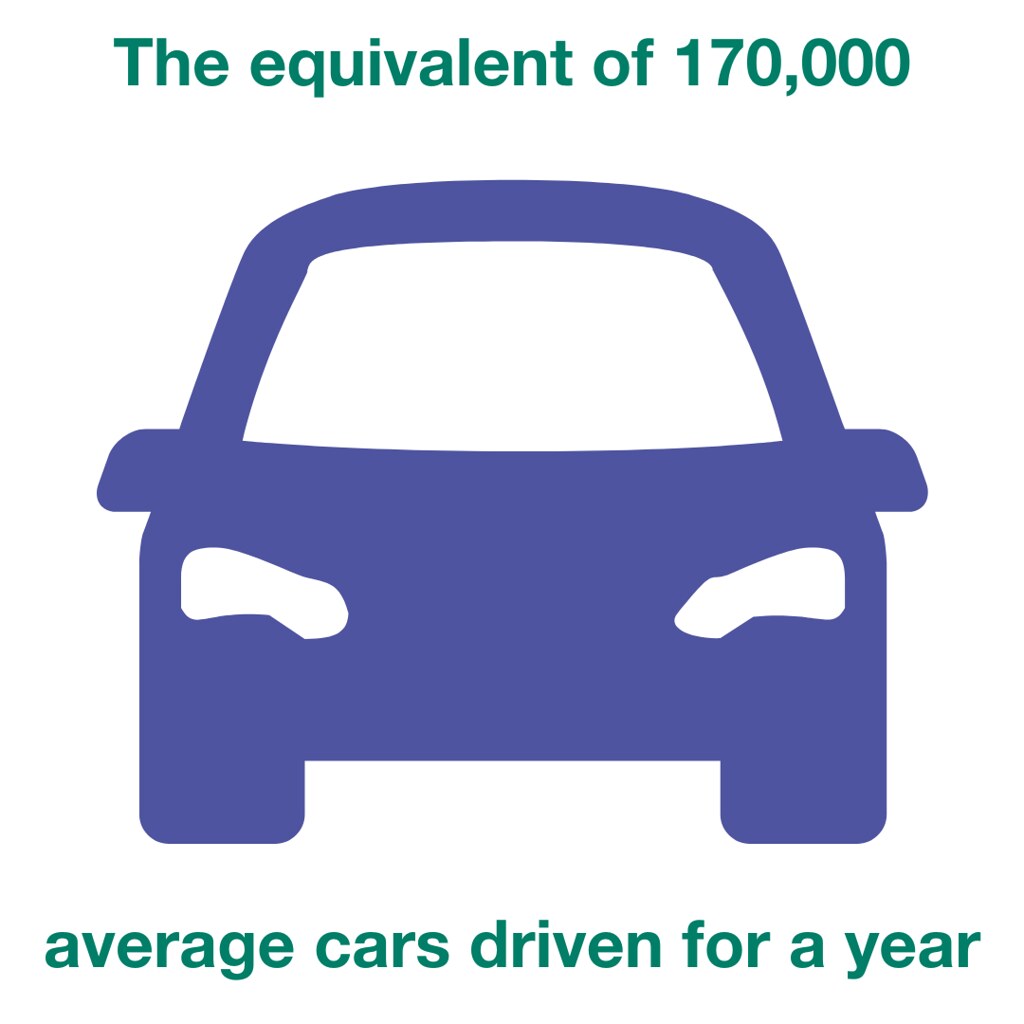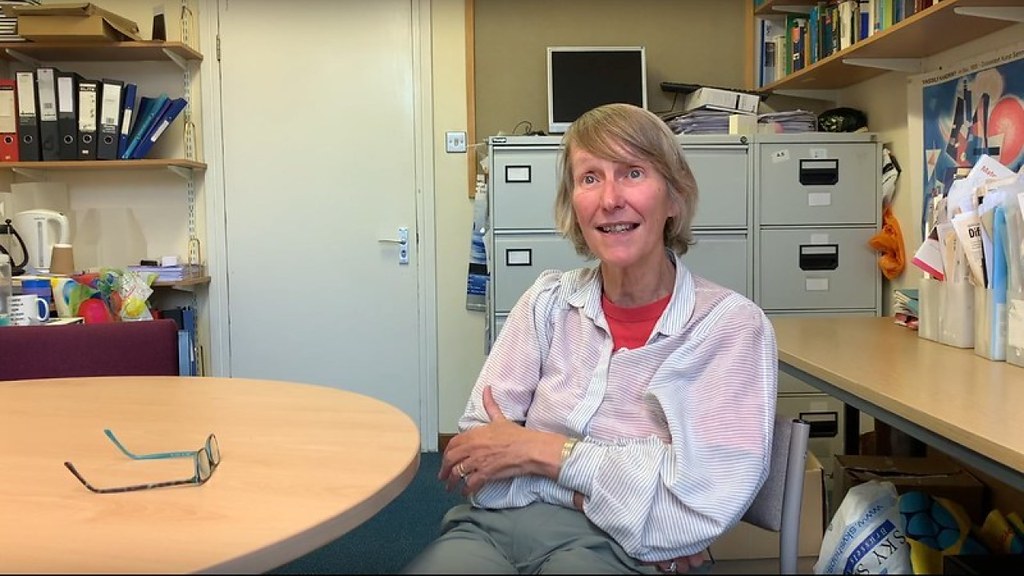
When consumed – whether via combustion (burning) or through electrochemical processes in a fuel cell – hydrogen’s only by-product is water. It’s also incredibly energy-dense, delivering three times the amount of energy per kilogram compared to other fuels such as petrol, and has a broad spectrum of applications, from heating through to powering vehicles.
Professor Tim Mays from Bath’s Department of Chemical Engineering, who has been researching hydrogen since 2003 and is leading the University’s Future Fuels research beacon, explains:
Before 2019, when the UK’s Net Zero 2050 initiative came in for carbon emissions, hydrogen was seen as a rather nice, obscure, interesting, but not very practical area. But of course, after Net Zero came in, everyone went, ‘Wow, what do we do now?’ My research has since become very visible and popular.
Tim recently won a £400,000 UK Research and Innovation grant to set up a national research programme, UK-HyRES, and establish Bath as a UK Centre of Excellence for Hydrogen Research. Kicking off in April 2023, this will cover all aspects of hydrogen as an energy carrier, from production to storage and end use – all key challenges that need to be overcome.
While hydrogen is very clean at the point of use, its production at present is primarily carried out by reacting steam with natural gas – creating so-called ‘grey hydrogen’ if the resulting carbon dioxide is not captured. Not only is this energy-intensive, it also relies upon a fossil fuel with ever-declining reserves. One option is to capture this carbon dioxide to produce ‘blue hydrogen’. However, the environmental ideal is ‘green hydrogen’, made either by the thermochemical treatment of biomass or, more commonly, by splitting water into its constituent parts of hydrogen and oxygen through a process called electrolysis, powered by electricity from a renewable source.
Currently, the UK doesn’t produce a lot of green hydrogen – although the South West’s first production facility is set to open at our new Institute for Advanced Automotive Propulsion Systems (IAAPS) research facility in 2023. One of the areas Tim will focus on includes expanding hydrogen’s use as a ‘buffer fuel’ to store energy when supply from renewable sources outstrips demand. He explains: “If you have the Sun shining all day, but you don’t need a lot of electricity consumption, what do you do with the excess? You can electrolyse water and generate hydrogen.”
Storing hydrogen also throws up its own hurdles. As it’s an incredibly light element, you need a lot of it in terms of volume. Powering your car, for example, might only take 5kg of the stuff – but in normal atmospheric conditions that’s 60m3. This means that, to store it efficiently, you need to either compress or liquefy the gas.
Tim says:
There’s a lot of energy spent on densifying hydrogen and there’s a lot of energy and investment in materials to keep it there. But you need to weigh that up against the benefits of the lower storage volumes.
Tim is working alongside several industrial partners, including GKN Aerospace, Siemens Energy and ITM Power, to ensure that the research will make a real-world impact. He concludes: “We will make sure that, while our projects are fundamental academic work, industry will help us to co-create them so there are tangible impacts including carbon reduction, lower costs and potential commercialisation.”






